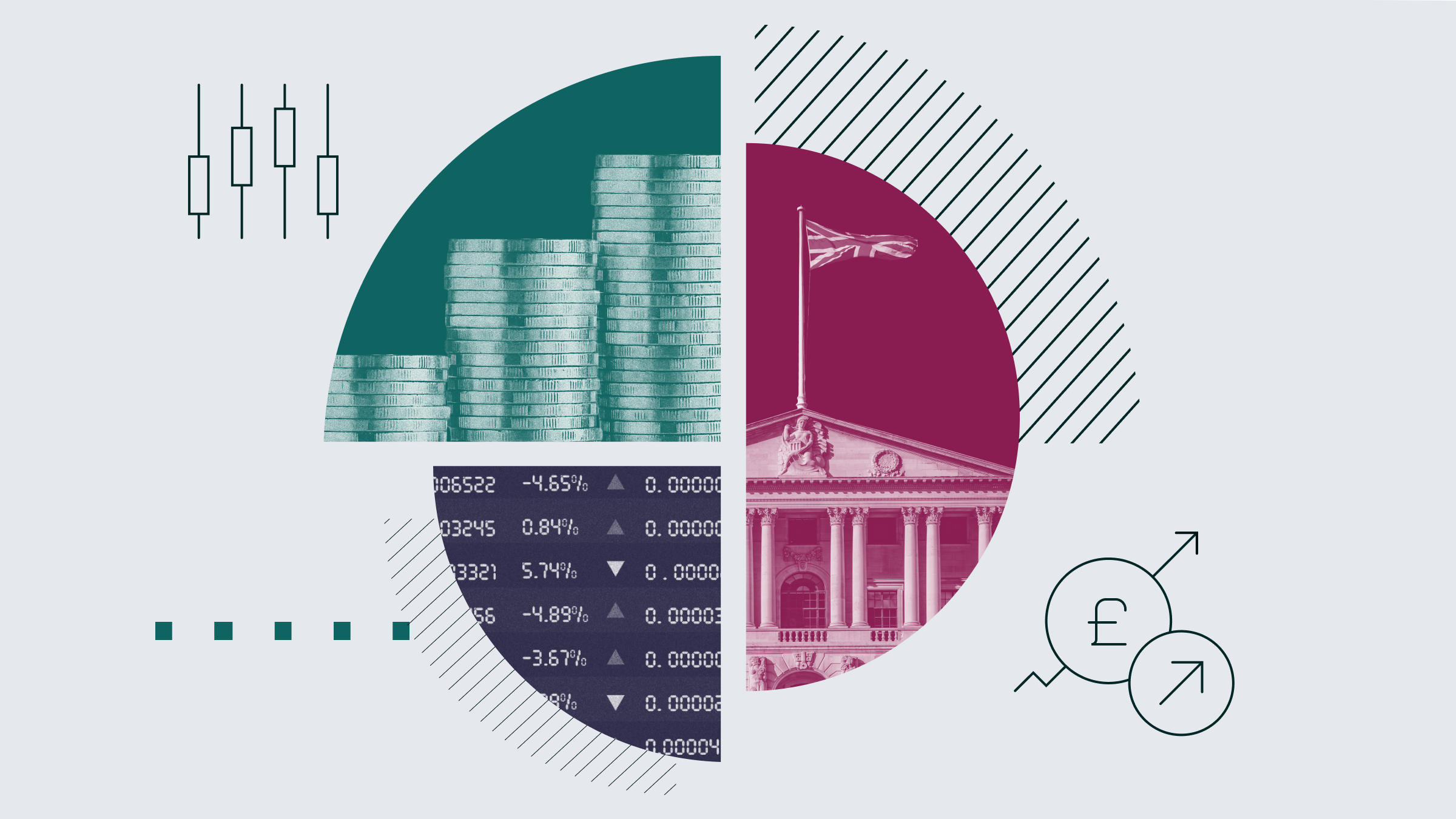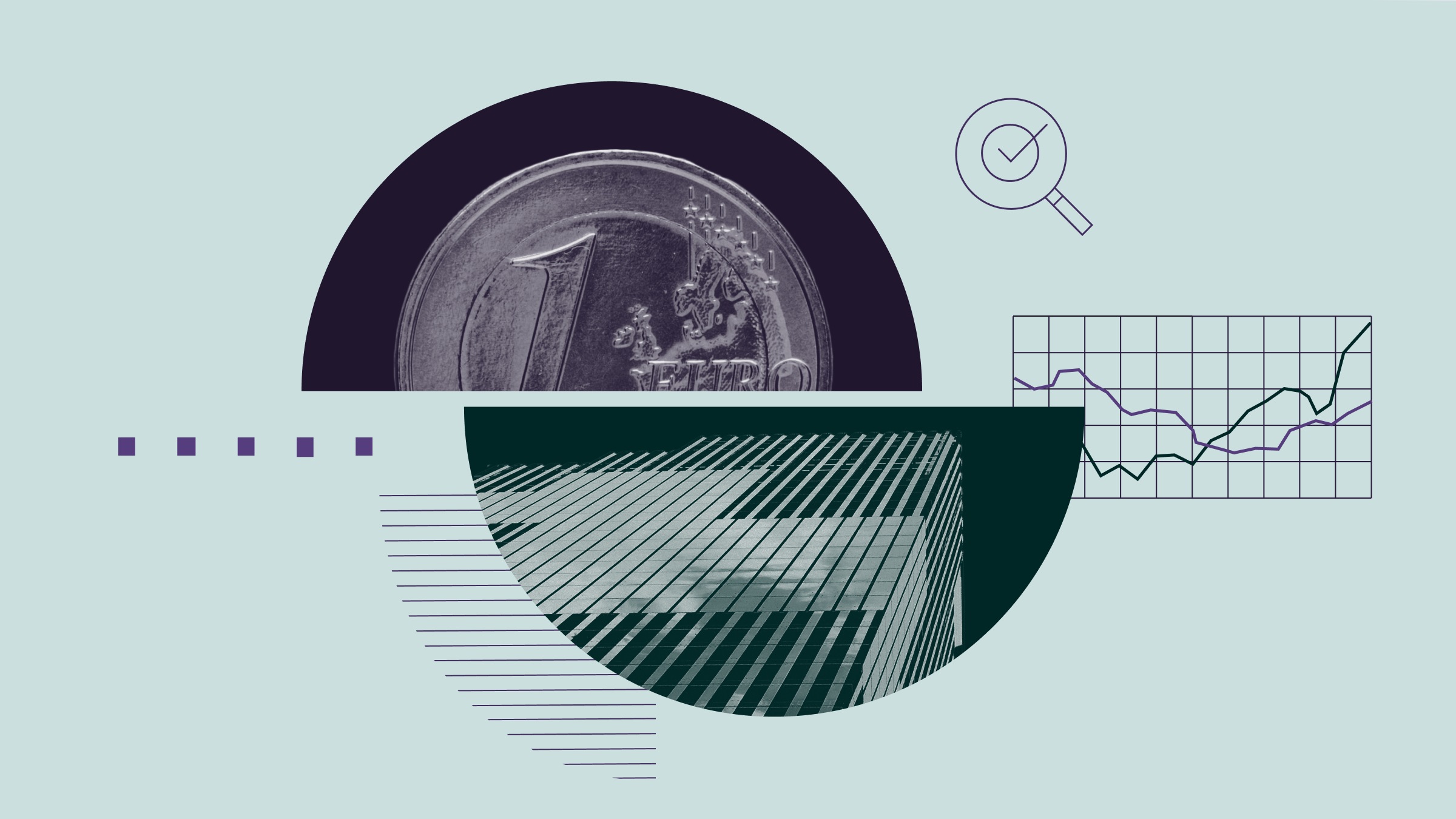Christine St Anne: Today I'm joined by FIIG Securities, Liz Moran, who takes a look at the risks behind bond investing compared with equity investing.
Liz, lovely to see you again.
Elizabeth Moran: Thank you, Christine. You too.
St Anne: Firstly, Liz, in terms of the company issuing the debt or bond, what sort of things should investors look for?
Moran: It's quite different, Christine, to looking at share investing because with the bond what you are wanting is that the company can pay your interest and principal when it's due. So the key feature, if you like, is that the company has enough cash flow and stability, profitability going forward to keep paying you.
So, unlike if you're investing in a company in terms of a share where you are looking for growth in dividend and growth in the capital price, you are really looking at survivability of the company. So, what assets does it have to get itself out of trouble? So, we would look at things like range of assets and diversity. So, does it have different businesses, different segments, different physical assets that could be sold to bring cash into the business and then pay you as an investors your interests and principals.
St Anne: Liz, if you can drill down a little bit more, what sort of qualitative and quantitative factors do you use?
Moran: Well, they are very similar in a lot of ways to an equity analyst. So you do look at the management, for example. Who are the managers? What have they promised to deliver in the past? Have they met those promises? How long has management been in place and what changes have happened to the company in that time?
I am always a little bit nervous about new management because you don't know how they are going to perform, unless, of course, I have come from a similar company and a similar industry that might give you some comfort. But I think managements are really unknown – not unknown, but less frequently looked at in-depth, but to me that's an important qualitative thing.
Of course, the strategy of the company, its industry and sector. So some industries are quite high risk just by their very nature. Like the share market, those companies with lovely stable profit and cash flow, very attractive. So companies like Woolworths, its cash flow, business – strong cash flow, steady business; Wesfarmers with its diversity in its different industries that gives you comfort as well. So we would look at similar things in that regard but from a different perspective.
In terms of the numbers, cash flow is really important because cash flow is going to pay you your interest and your principal. So, cash flow is something we would drill down on quite a lot. We also would look at – I always as an analyst used to like to look back to when the last downturn in the market was and what happened to the company then, and did it cut dividends, that's very protective for bondholders and that's a good sign. Was it profitable? Did it need to call anyone to help get itself out of trouble? And then I would also look forward to try and project what I think is going to happen in the next couple of years.
St Anne: Of course, liquidity is an issue. So, how does liquidity in the bond market compare with the equity market?
Moran: It is. So bonds by their very nature, because they are defensive assets and investors buy them for their capital stability and also their income generation. So they're not – there are traders, there are certainly traders, but they are not as much bought for their trading quick profit type that you would for a share. So, they have a different psyche bond investors.
So they are not as liquid as shares, because well there is no index. You need to find a buyer and seller in the market. But generally liquidity is very good for the lowest risk bonds, which come in with government bonds and state government bonds. Liquidity is very good and very high, but as you come down that risk spectrum, so you're taking on more risk, the higher-risk bonds, returns are high, but certainly will be more illiquid into stress market.
So, something to consider, but that's also part of why we're being paid a higher return on those investments because you are taking on that additional risk. So we would say to our investors, have a range of risk in your bond portfolio. You wouldn't have just all the highest-risk bonds, so you take a range and then if you need to sell at some point and if it's a stress market, you can sell your lower-risk bonds and wait for the market to recover for those higher risks.
St Anne: Finally, do you see the demand for bonds changing in a different environment, particularly with many people saying that interest rates are going to rise?
Moran: Well, it's a really good question because a lot of commentators are saying why you would you buy bonds now, we are at the low point in the economic cycle and with interest rates? But there is three types of bonds. So a lot of the commentary is really about fixed rate and U.S. treasuries, which as you would know I think are still paying less than 2%, very low rate of return and actually it's less than 1% even though I know it's fluctuating.
But of course, when interest rates rise, investors are going to demand higher returns and the price of those bonds will come down. That still will influence our market. But again, if it's – the corporate bond market in Australia is very different to the U.S. government treasury market and it certainly will influence prices. But the big question is when.
So, when we don't know when interest rates are going to rise, and continually we have seen economists and economic commentators push that date back. So I am still thinking it will be quite a while before interest rates start to rise and the rise will be slow because they really won't want to damage their economy. They really won't want to say inflation decline or unemployment increase. I am really taking about the U.S. here.
But no, so I think it's still a way off. But if you are really concerned that it was going to be imminent, you would weight your portfolio to floating rate bonds. So their interest is in effect recalculated every quarter based on future expectations. So, as future expectations of rates rise, the value of your income will also rise. So they perfectly in effect offset a rising rate environment.
So that's one of the misleading comments in the market I think that you wouldn't buy bonds in a low rate environment. While you would, you would buy the floating rate bonds or perhaps the inflation-linked bonds. So they actually are tied. The interest income is tied to the CPI and if interest rates were going up, you would expect inflation to be rising and they would mitigate that risk.
St Anne: Liz, thanks so much for your insights today.
Moran: Thank you so much, Christine.
This article was originally published on Morningstar.com.au but is applicable for UK investors




























